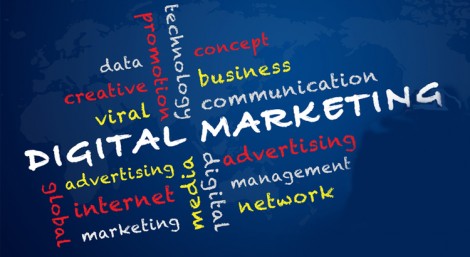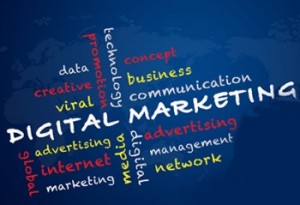It’s an exciting time to work in marketing. Digital technologies are reshaping the way people buy.
There is a big shift of marketing away from what we can generically call ‘advertising’ to experience-driven marketing, such as content marketing, social media and gamification. All businesses recognise the importance of adapting their marketing plans to the digital world. However, few are as prepared as they would like for what this entails. Why? Because it very hard to know where to start? Read on to find out where to start.
The evolution of marketing is ‘a sea of trends’, as Scott Brinker from chiefmartec.com blog calls it. So many trends, in fact, that it can be hard to keep track of them all. Should you gen-up on content marketing? What about programmatic buying, isn’t that the thing now? But what about SEO – shouldn’t I know about a bit more about the most recent Panda update? Or was it Hummingbird or some other class of animal, vegetable or mineral? Attribution modelling – maybe I should focus on that!
So how do I ‘navigate the complexity of a fragmented and confusing digital marketing landscape’, as Gartner put it so well. We know we are responsible for knowing and understanding marketing technology and digital techniques, but even if you know where to start, its hard to know what to give your attention to, given the cacophony of ‘noise’- often competing, definitely confusing.
The above mentioned Scott Brinker has developed six strands that helped me ‘compartmentalise’ my thinking, and therefore, where I should place my efforts:
Marketing internet services such as Facebook, Google, and Twitter that we are know power our digital marketing environment
Marketing infrastructure such as databases, big data management, cloud computing
Marketing Platforms such as CRM, marketing automation and e-commerce engines.
Marketing Experiences — specialised technologies that directly affect your funnel of customers such as advertising, email, social media, SEO, content marketing, A/B testing, marketing apps — the “front-office” of modern marketing.
Marketing Middleware that makes all the other stuff work, such as tag management and APIs
Marketing Operations – tools for managing the output of much of the above such as analytics
Naturally, focussing your learning on one of the six strands is completely valid. I like to have a little bit of knowledge about each of the six, but indepth knowledge on one or two areas, such as CRM, SEO, Display. Personally, know the technology that drives people to the top of the funnel and then down the funnel is where I like to spend my learning time.
Of course, there is lots of choice about where to learn the skills of Digital Marketing. The digital landscape is changing so quickly that what you learn today may only have a half-life of six months. Find a good digital marketing course where you know you can learn from real practitioners. Knowing the theory is not the same as same as the practice. Having experience in an agency the same as actually having bottom line responsibility for delivering revenue online. Not that one is better than the other – its just different.
Decide on a course of action, and stick with it. Allocate time every day or every week to keep on top of things, and read material that is not just focused on your market, but also international sources, so you know what is coming down the track. I learn as much from Australian sources as I do from the UK or the US.
Finally, learn the basics, but most of all, learn how to learn. Learning how to learn is the most important technique of all. Knowing how to learn more deeply will give you the insights that will help you to more master any topic – including digital marketing. Having learning techniques that encapsulate information, and knowing how to sift out the good from the not-so-useful will mean you will be most effective in helping you master a very shifting landscape.




